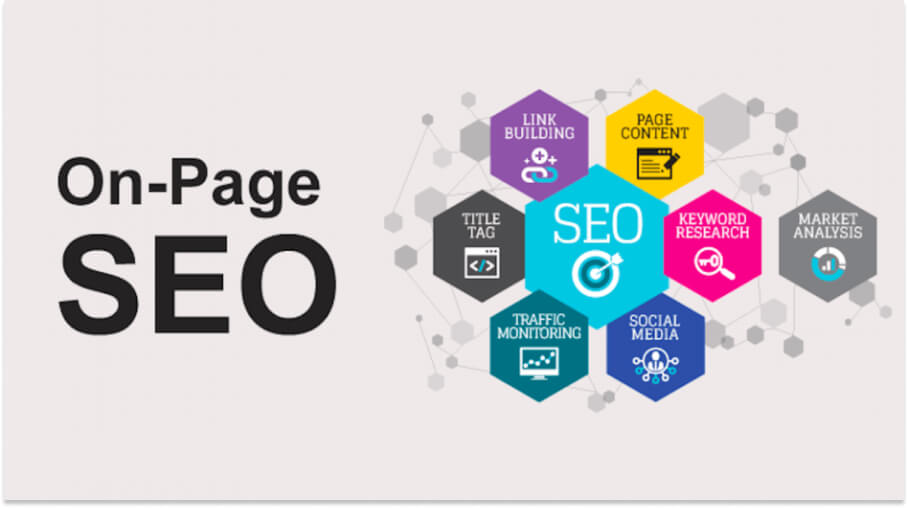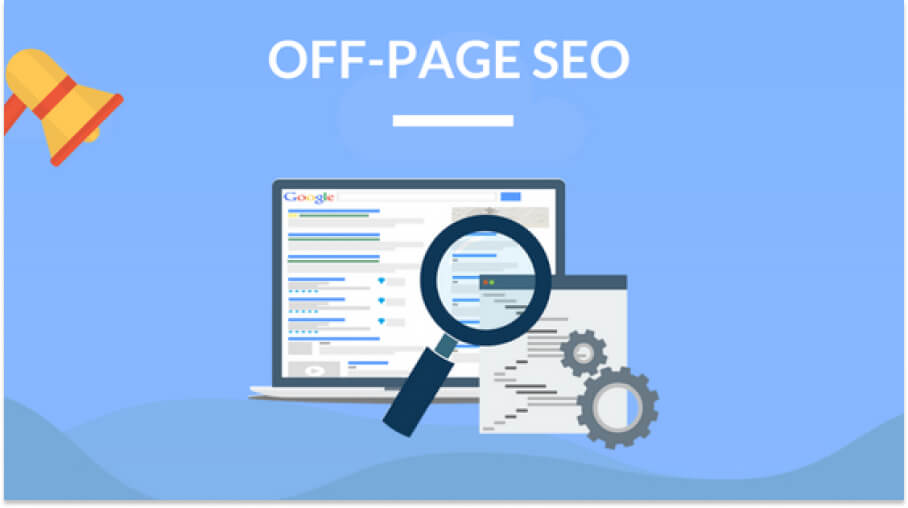
1. Introduction to SEO in Content Marketing
Search Engine Optimization (SEO) is a crucial component of content marketing. In simple terms, SEO is the process of optimizing your website or content to rank higher in search engine results pages (SERPs) for specific keywords and phrases. For content marketers, SEO in content marketing is critical because it helps to ensure that their content is discoverable by their target audience. When users search for a specific topic, search engines like Google crawl through their index to find relevant pages and content.
By optimizing your content for the right keywords and phrases, you can increase the chances of appearing in these search results.

The ultimate goal of SEO is to attract organic traffic to your website and increase visibility in search results.
The world of SEO is constantly evolving, and search engines are becoming increasingly sophisticated in how they rank content. Therefore, it is important to stay up-to-date with the latest trends and best practices in SEO for content marketing.
By doing so, you can help to ensure that your content is visible, valuable, and accessible to your target audience, which can help to increase engagement and drive business results.
2. Conducting Keyword Research for Content Marketing
Keyword research is a critical first step in content marketing. It involves identifying the keywords and phrases that your target audience is using to search for information related to your products, services, or industry.

By understanding what your audience is searching for, you can create content that is more likely to rank in search engine results pages (SERPs) and attract organic traffic to your website.
To conduct keyword research, there are a variety of tools and techniques available. Many marketers start by brainstorming a list of potential keywords and then using keyword research tools to determine which ones have the highest search volume and lowest competition. Some popular keyword research tools include Google Keyword Planner, SEMrush, and Ahrefs.
When conducting keyword research, it is important to focus on long-tail keywords, which are longer, more specific phrases that are less competitive but often more targeted.
Additionally, you should consider factors such as user intent, relevance, and search volume when choosing which keywords to target in your content.
By conducting thorough keyword research, you can help to ensure that your content is optimized for the right keywords and is more likely to appear in search results when your target audience is looking for information related to your business or industry.
3. On-Page Optimization Techniques for Content Marketing
On-page optimization techniques are an essential aspect of content marketing it also one of the crucial part of digital marketing courses. These techniques involve optimizing the content on a webpage to improve its relevance and visibility to search engines and users.

There are several on-page optimization techniques that content marketers can use to improve the performance of their content, including keyword research, meta tags optimization, content formatting, internal linking, and image optimization.
Keyword research involves identifying the words and phrases that users search for and using them strategically in the content. Meta tags optimization involves optimizing the title tags and meta descriptions to make them more compelling and informative.
Content formatting involves organizing the content in a way that is easy to read and understand. Internal linking involves linking to other relevant pages on the website, while image optimization involves optimizing images for size, quality, and alt tags.
These on-page optimization techniques can help content marketers create content that is more visible, engaging, and shareable.
4. Off-Page Optimization Techniques for Content Marketing
Off-page optimization techniques refer to the actions taken outside of a website to improve its visibility and reputation. Content marketers can use these techniques to improve their website’s authority, backlink profile, and social media presence.

Some off-page optimization techniques include guest blogging, social media marketing, influencer outreach, and link building. Guest blogging involves writing and publishing content on external websites to reach new audiences and gain backlinks.
Social media marketing involves promoting content on social media platforms to increase engagement and drive traffic. Influencer outreach involves collaborating with industry influencers to expand the reach and credibility of the content.
Link building involves acquiring high-quality backlinks from reputable websites to improve the website’s authority and search engine rankings.
These off-page optimization techniques can help content marketers build a strong online presence and drive traffic to their website.
5. The Importance of Quality Content in SEO
Quality content is essential for a successful SEO strategy. Search engines like Google prioritize content that is relevant, informative, and engaging.

High-quality content not only attracts more traffic to a website, but it also helps improve user engagement and user experience, which can lead to higher search engine rankings.
Quality content should be optimized for relevant keywords, include relevant internal and external links, and be presented in a clear and readable format.
Additionally, regularly producing fresh and relevant content helps to establish a website’s authority and reputation in its industry, which can lead to higher search engine rankings over time.
In summary, quality content is vital for SEO success and should be a top priority for content marketers.
6. The Role of User Experience in SEO and Content Marketing
User experience plays a critical role in SEO and content marketing. Search engines like Google prioritize websites that offer a positive user experience, which includes elements like page load speed, mobile responsiveness, and overall ease of use.

A good user experience also helps to keep visitors on a website for longer periods of time, reducing bounce rates and improving engagement metrics.
In content marketing, user experience is critical for ensuring that content is readable, engaging, and shareable.
User-friendly content encourages visitors to engage with the website and can lead to increased social sharing and backlinking. In summary, prioritizing user experience is essential for both SEO and content marketing success.
7. Link Building Strategies for Content Marketing
Link building is an essential aspect of content marketing that involves acquiring high-quality backlinks to a website it also plays a crucial role in digital marketing companies. There are several effective link building strategies that content marketers can use to improve their website’s authority and search engine rankings.

One popular strategy is to create high-quality, shareable content that naturally attracts links from other websites.
Guest blogging is another effective way to earn backlinks by writing content for external websites and including a link back to the main website.
Broken link building involves finding broken links on external websites and reaching out to the website owners to suggest replacing the broken link with a link to the main website.
Infographics and other visual content can also be effective for attracting backlinks. Overall, link building requires a combination of creativity, persistence, and strategic thinking to be successful.
8. Local SEO in Content Marketing
Local SEO is an important aspect of content marketing for businesses that target customers in a specific geographic area.

Local SEO involves optimizing a website to appear in local search results, such as Google My Business listings and local directories.
To improve local SEO, businesses should create localized content, such as blog posts and landing pages that are tailored to specific regions or cities.
Businesses should also ensure that their website and Google My Business listing have consistent and accurate information, including their name, address, and phone number.
Additionally, local link building strategies, such as partnering with local organizations or sponsoring local events, can help improve local SEO and drive traffic to a website.
Overall, local SEO is a critical aspect of content marketing for businesses looking to attract customers in their local area.
9. Mobile Optimization for Content Marketing
Mobile optimization is an essential aspect of content marketing in today’s digital landscape. With more and more users accessing content on their mobile devices, it’s critical to ensure that websites are optimized for mobile use.

Mobile optimization involves making sure that a website is easy to navigate and read on a mobile device, with fast load times and a responsive design.
To optimize content for mobile, businesses should use larger fonts, shorter paragraphs, and high-quality images that load quickly.
Additionally, mobile-first indexing is now a critical component of Google’s search algorithm, so businesses that prioritize mobile optimization are more likely to see higher search engine rankings and increased traffic to their website.
10. Measuring Success for SEO in Content Marketing
Measuring SEO success is essential for content marketers to determine the effectiveness of their strategies and identify areas for improvement. Some key metrics to track include organic traffic, search engine rankings, and backlink profile.

Google Analytics and other tools can provide valuable insights into user behavior, such as time on page and bounce rates.
Social media engagement, such as likes, shares, and comments, can also provide an indication of the success of content marketing efforts.
Conversion rates and revenue generated from organic traffic are additional metrics to consider when measuring SEO success.
By regularly tracking these metrics, content marketers can adjust their strategies and tactics to optimize their website’s performance and improve overall SEO success.
Conclusion
In conclusion, SEO plays a crucial role in content marketing, as it helps to ensure that content is optimized for both search engines and users. By following best practices for on-page optimization, off-page optimization, local SEO, mobile optimization, and link building, content marketers can improve their website’s authority, visibility, and reputation.
Quality content that is optimized for relevant keywords and provides a positive user experience is essential for SEO success. Measuring key metrics, such as organic traffic, search engine rankings, and backlink profile, is critical to determining the effectiveness of content marketing strategies and making informed decisions about future optimizations.
By prioritizing their efforts for SEO in content marketing, businesses can drive traffic to their website and increase their online presence.
Author Bio
Kashish Mehta is a Digital Marketing Expert and an Outreach Specialist at Brandveda. She loves to talk about SEO, content marketing & digital marketing strategies. In her free time, she likes to read & stay updated on the latest digital marketing trends!






